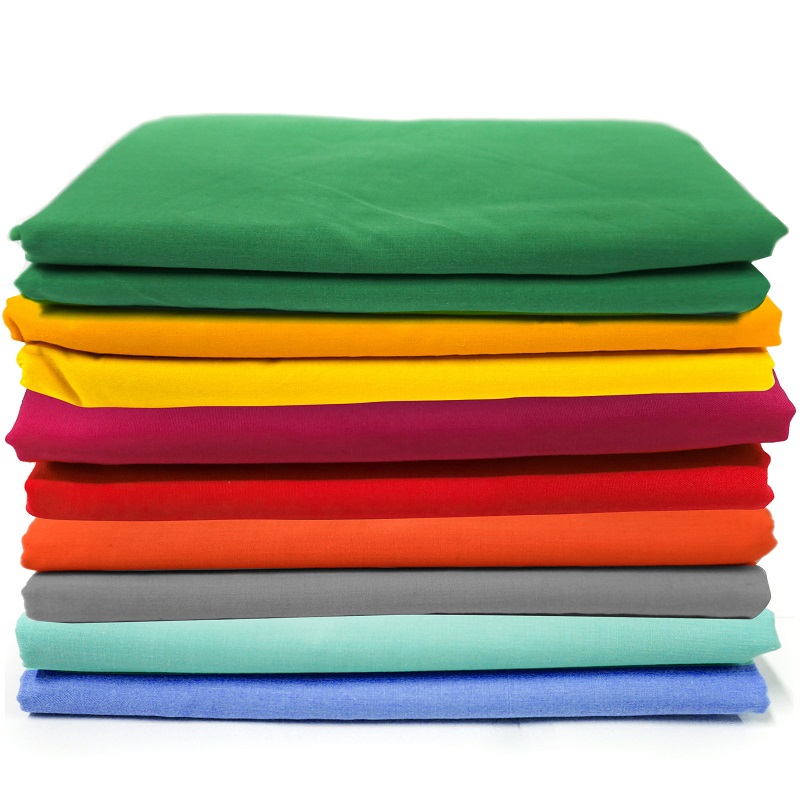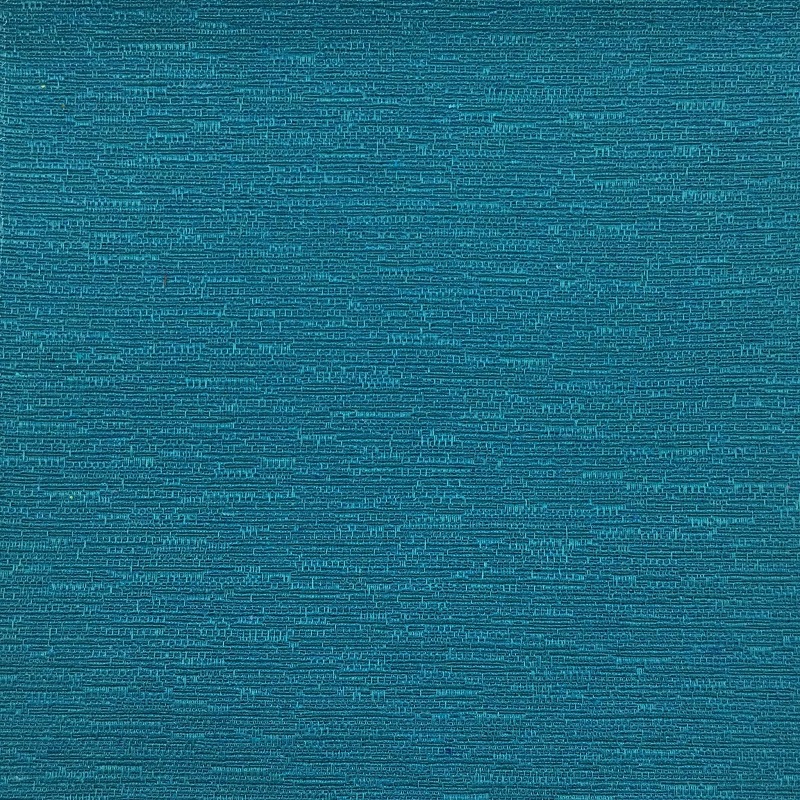Permanent markers can be incredibly useful for labeling, art projects, and more, but they can also be quite troublesome if they accidentally mark your favorite fabric. Whether it’s a cherished shirt, a cozy blanket, or any other fabric item, removing permanent marker stains can seem daunting. This guide will explore effective methods and techniques for removing permanent marker from fabric, ensuring you can restore your items to their original condition.
Understanding Permanent Marker Stains
What Makes Permanent Markers So Stubborn?
Permanent markers are designed to be long-lasting and resistant to water and smudging, which makes them ideal for tasks where durability is essential. The ink in permanent markers contains pigments and solvents that bond with the fabric fibers, making it difficult to remove. The primary components are dyes or pigments, which give the marker its color, and solvents, which help the ink penetrate the fabric and dry quickly. This combination of elements results in a stain that can be challenging to clean.
Why Fabric Is Hard to Clean
Fabric is composed of fibers that can absorb and retain various substances, including ink from permanent markers. The texture and weave of the fabric can affect how deeply the marker penetrates and how difficult it is to remove. Natural fibers like cotton and wool often absorb ink more readily than synthetic fibers such as polyester. The structure of the fabric can also influence the effectiveness of cleaning methods, with more porous fabrics typically being harder to clean than tightly woven ones.

Immediate Actions for Fresh Stains
Blotting the Stain
If you discover a permanent marker stain on your fabric, acting quickly can significantly improve your chances of successful removal. Start by gently blotting the stain with a clean cloth or paper towel. Blotting helps to lift excess ink from the fabric without spreading the stain further. Avoid rubbing the stain, as this can push the ink deeper into the fibers. Use a blotting motion, pressing gently to absorb as much of the ink as possible.
Using Rubbing Alcohol
Rubbing alcohol is a common household item that can be effective in breaking down the ink pigments in permanent markers. To use rubbing alcohol, apply a small amount to a cotton ball or clean cloth and gently dab it onto the stain. Continue blotting until the ink starts to transfer to the cloth. Be cautious with the amount of rubbing alcohol used, as excessive application can potentially damage the fabric. Once the stain has lifted, rinse the area with cold water to remove any residual rubbing alcohol.
Homemade Cleaning Solutions
Vinegar and Baking Soda Paste
A mixture of vinegar and baking soda is a powerful homemade solution for tackling permanent marker stains. Vinegar acts as a mild acid that can help break down the ink, while baking soda provides gentle abrasiveness to lift the stain. To make the paste, combine equal parts vinegar and baking soda until a thick consistency is achieved. Apply the paste to the stain and gently scrub with a soft brush or cloth. Allow the paste to sit on the stain for about 30 minutes before rinsing with cold water. This method can be effective for both fresh and set-in stains.
Lemon Juice and Cream of Tartar
Another effective homemade cleaner involves lemon juice and cream of tartar. Lemon juice has natural acidic properties that can help dissolve the ink, while cream of tartar acts as a mild abrasive. Mix lemon juice and cream of tartar to form a paste, and apply it to the stain. Let it sit for about 20 minutes, then gently scrub the area with a brush or cloth. Rinse thoroughly with cold water to remove any residue. This method is particularly useful for fabrics that are not prone to damage from acidic solutions.

Commercial Stain Removers
Choosing the Right Product
When opting for commercial stain removers, it’s important to choose a product specifically designed to tackle ink stains. Look for stain removers that list ink or marker stains among their target stains. Products containing enzymes or solvents can be particularly effective in breaking down the pigments in permanent markers. Always read the label and follow the manufacturer’s instructions to ensure safe and effective use.
Applying Stain Removers
To use a commercial stain remover, apply the product directly to the stain according to the instructions on the label. Some products may require pre-treatment or soaking before laundering. Gently rub the stain remover into the fabric using your fingers or a soft brush, ensuring that the product penetrates the fibers. Allow the stain remover to sit for the recommended amount of time before rinsing with cold water. After treating the stain, launder the fabric as usual, and check if the stain has been completely removed before drying.
Specialized Fabric Care Techniques
Pre-Treating Delicate Fabrics
Delicate fabrics such as silk, wool, or specialty blends require special care when dealing with permanent marker stains. For these fabrics, it is advisable to pre-treat the stain with a mild cleaning solution. Use a small amount of gentle detergent mixed with water to lightly dab the stain. Avoid using harsh chemicals or excessive scrubbing, as this can damage the delicate fibers. If in doubt, consider taking the item to a professional cleaner who specializes in delicate fabrics.
Testing Cleaning Solutions
Before applying any cleaning solution to the entire stained area, it’s crucial to test it on a small, inconspicuous part of the fabric. This test helps ensure that the solution does not cause discoloration or damage. Apply a small amount of the cleaning solution to the test area and observe any changes. If the fabric shows no adverse effects, proceed with treating the stain. This precautionary step is particularly important for high-value or sentimental items.
Dealing with Set-In Stains
Re-Treating Stubborn Stains
Set-in stains can be more challenging to remove, especially if they have been left untreated for an extended period. Re-treating the stain may require multiple attempts to fully remove the ink. Apply your chosen cleaning solution or stain remover to the stain and allow it to sit for a longer duration, following the product’s instructions. Gently scrub or blot the area to help lift the ink, and rinse with cold water. Repeat the process as necessary until the stain is significantly reduced or removed.

Using a Stain Removal Brush
For particularly stubborn set-in stains, using a stain removal brush can provide additional agitation to help break down the ink. Choose a brush with soft bristles to avoid damaging the fabric. Apply your cleaning solution to the stain and use the brush to gently scrub the area in a circular motion. The brush helps to lift the ink from the fibers, making it easier to remove. Rinse the fabric thoroughly after brushing to remove any residue.
Preventing Permanent Marker Stains
Protective Measures for Fabric Items
To avoid permanent marker stains in the future, consider implementing protective measures when using markers. Use protective covers or old cloths to shield the area where you are working with markers. If you are using markers on fabric for artistic purposes, consider using a fabric marker or a washable marker instead. These alternatives are less likely to cause permanent stains and are easier to remove if spills or mistakes occur.
Regular Fabric Maintenance
Maintaining your fabrics with regular cleaning and care can help prevent the accumulation of stains. Wash and launder your fabrics according to the care instructions to keep them in good condition. Regular maintenance ensures that any accidental stains are addressed promptly, reducing the likelihood of set-in stains. Additionally, treating any spills or marks as soon as they occur can prevent them from becoming more difficult to remove.
Conclusion
Recap of Effective Methods
Removing permanent marker stains from fabric requires a combination of immediate action and the right cleaning techniques. Blotting fresh stains, using homemade solutions like vinegar and baking soda, and applying commercial stain removers are all effective methods. For delicate fabrics, pre-treating and testing cleaning solutions are crucial to avoid damage. Set-in stains may require re-treatment and the use of stain removal brushes to achieve the best results.
Final Tips for Success
Successfully removing permanent marker stains from fabric is achievable with the right approach and persistence. Always act quickly to address fresh stains and test cleaning solutions on inconspicuous areas before full application. By following these guidelines and implementing preventive measures, you can keep your fabrics looking their best and avoid the frustration of stubborn marker stains.









